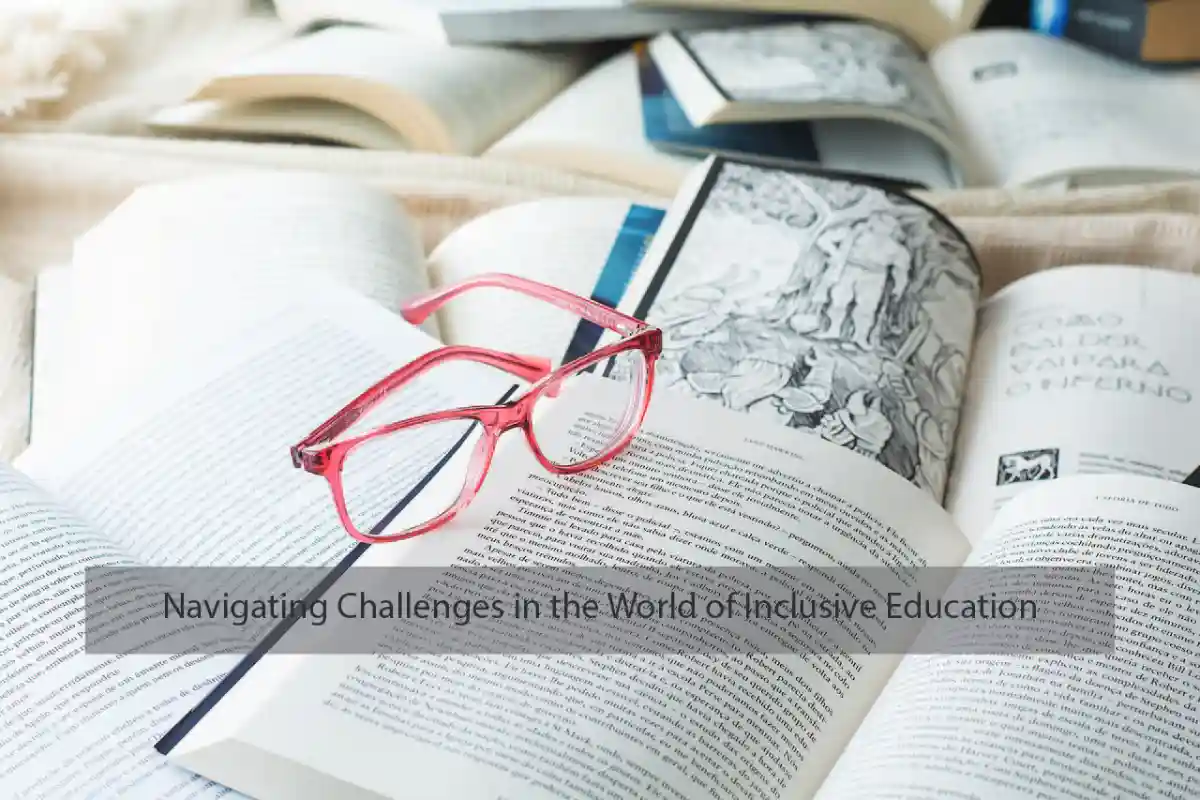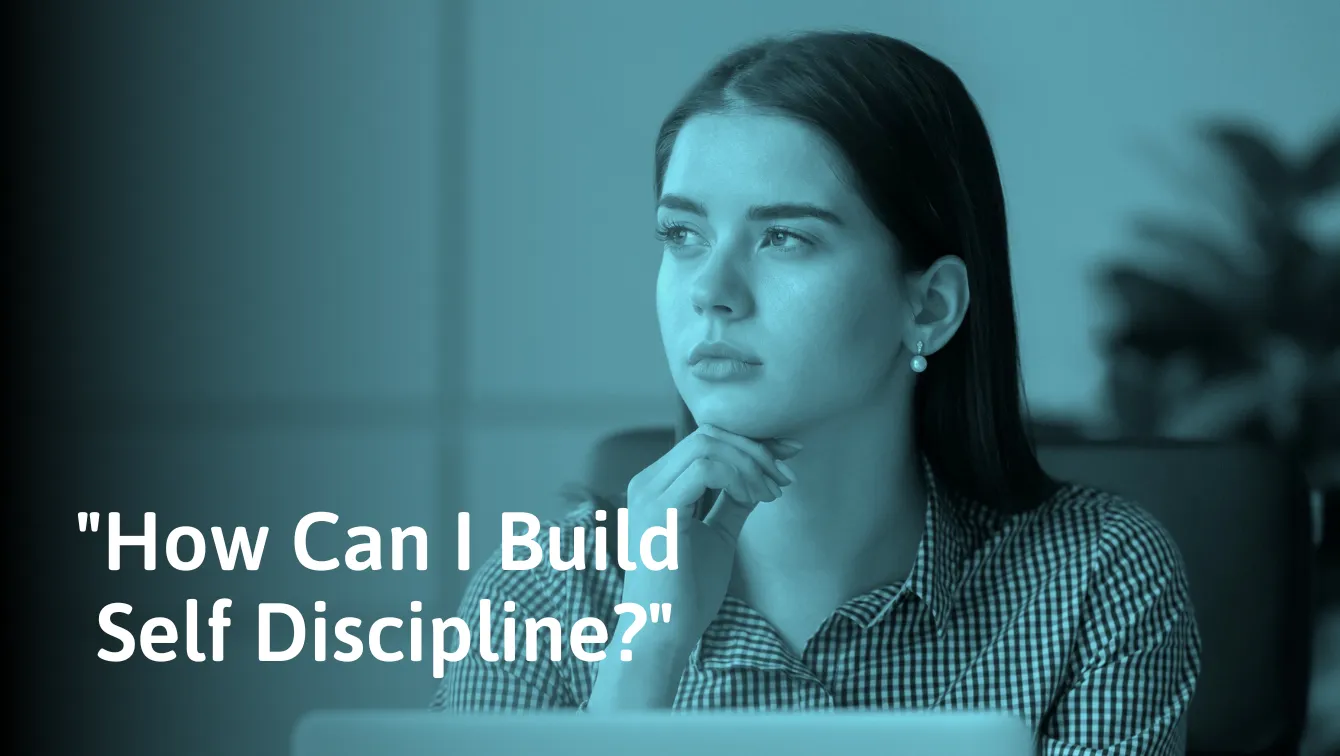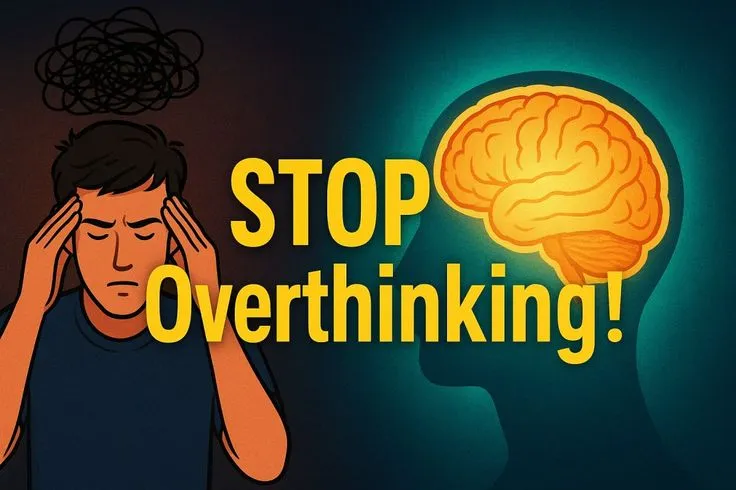Inclusive education is more than just a concept; it is a philosophy that fosters a learning environment where every student, regardless of abilities or differences, has the opportunity to participate, contribute, and succeed. It goes beyond mere integration, aiming to create a truly inclusive community within educational institutions. While the journey towards inclusive education is marked by challenges, the successes achieved in fostering diversity and breaking down barriers showcase its transformative impact on both students and society.
1. Embracing Diversity: The Foundation of Inclusive Education
At the heart of inclusive education is the celebration of diversity. It acknowledges that every student is unique, bringing a wealth of experiences, abilities, and perspectives to the learning community. By embracing this diversity, inclusive education seeks to create an environment where differences are not only accepted but valued as essential components of a rich tapestry of learning.
2. Breaking Down Physical Barriers
One of the fundamental challenges in achieving inclusive education has been breaking down physical barriers that hinder access for students with disabilities. Educational institutions worldwide are increasingly adopting universal design principles, ensuring that facilities, resources, and teaching methods are accessible to all. This includes wheelchair ramps, Braille materials, and assistive technologies that cater to diverse learning needs.
3. Adapting Teaching Strategies for Diverse Learners
Inclusive education recognizes that a one-size-fits-all approach to teaching is ineffective. Teachers are encouraged to adopt flexible and differentiated teaching strategies that accommodate various learning styles and abilities. This might involve providing alternative assessments, offering additional support, or employing assistive technologies to ensure that every student can engage with the curriculum effectively.
4. Fostering Inclusive Classrooms: Changing Attitudes and Mindsets
Creating truly inclusive classrooms requires a shift in attitudes and mindsets. Educators play a pivotal role in fostering an inclusive culture by promoting empathy, understanding, and respect among students. Initiatives like peer mentoring and collaborative learning activities encourage students to appreciate differences, dismantling stereotypes and fostering a sense of belonging for all.
5. Addressing Social and Emotional Well-being
Inclusive education extends beyond academics to prioritize the social and emotional well-being of students. It acknowledges the potential impact of social isolation and bullying on marginalized groups and strives to create a supportive, accepting community. Programs promoting mental health, peer support, and conflict resolution contribute to a positive school culture where everyone feels valued and safe.
6. Parent and Community Engagement
The success of inclusive education is closely tied to the involvement of parents and the wider community. Collaboration between educators, parents, and community members creates a holistic support system for students. By fostering open communication and understanding, schools can work together with families to address individual needs and ensure that the principles of inclusion extend beyond the classroom.
7. Measuring Success Beyond Academic Achievements
Success in inclusive education is not solely measured by academic achievements. It encompasses the holistic development of students, including their social skills, self-esteem, and the ability to navigate an increasingly diverse world. Recognizing and celebrating achievements, both big and small, contribute to a positive learning environment and reinforce the principles of inclusivity.
Conclusion:
Inclusive education represents a pathway to a more equitable and compassionate future. While challenges persist, the successes achieved in creating diverse, welcoming learning environments demonstrate the profound impact of embracing inclusivity. By continuing to navigate these challenges with determination and fostering a sense of community, educators, students, and society as a whole can reap the rewards of an education system that truly leaves no one behind.








